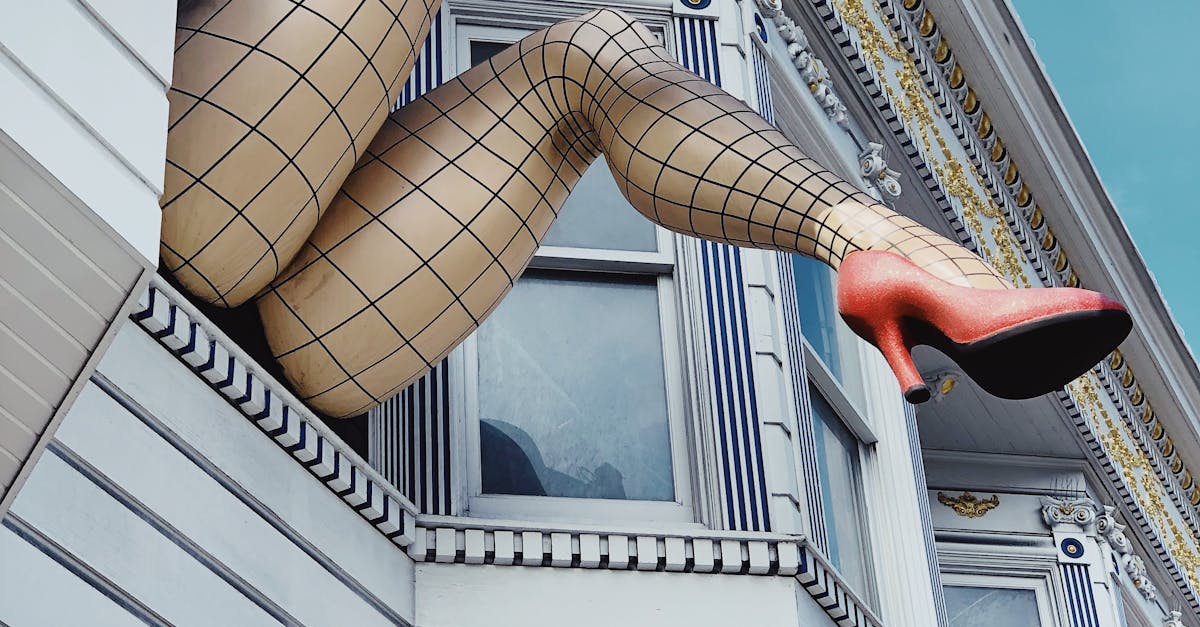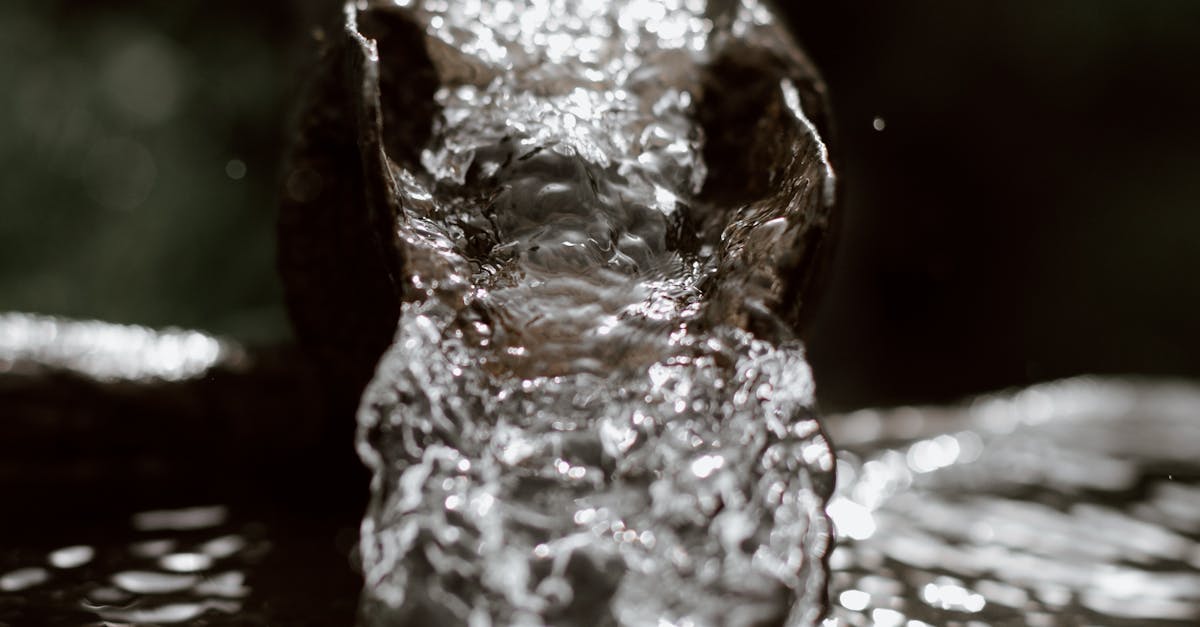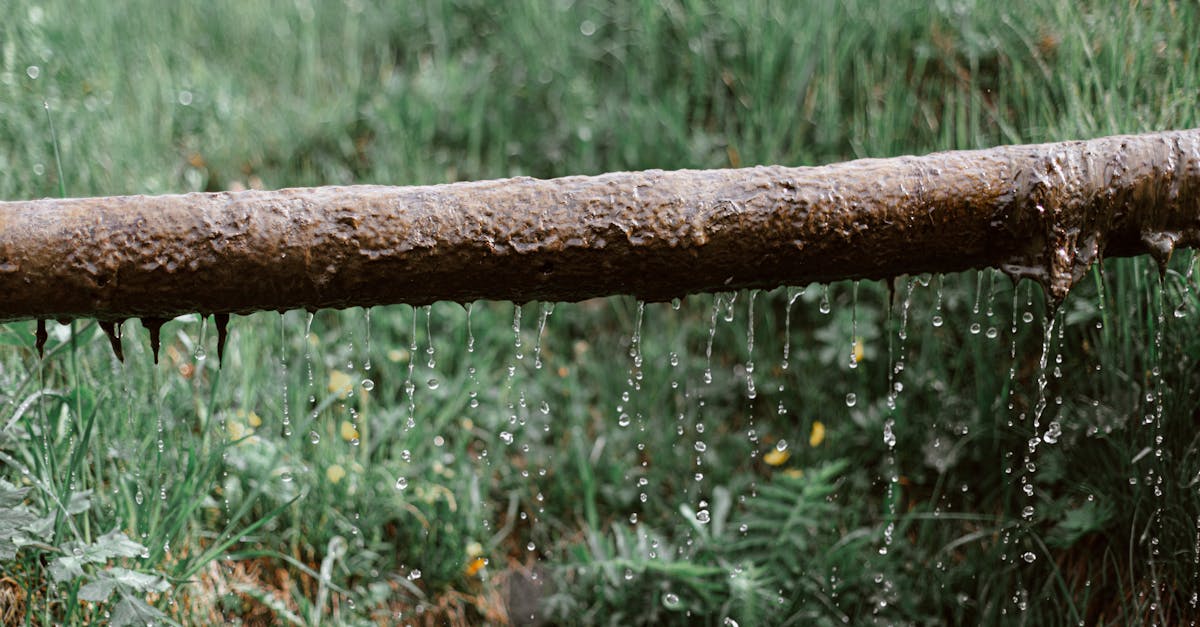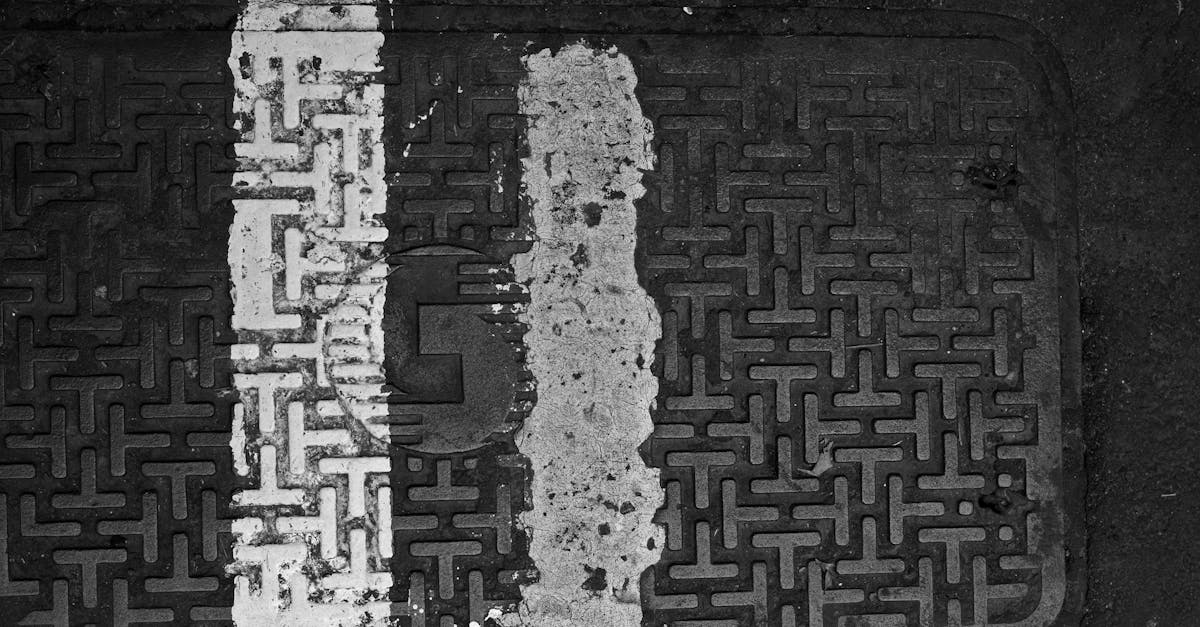
Table Of Contents
Rain Garden Installation
Rain gardens provide an effective solution to address drainage issues in residential properties. Implementing a rain garden in North York can help manage excess rainwater, reduce runoff, and prevent flooding in your backyard. This eco-friendly approach involves creating a shallow depression in the ground that is strategically planted with native vegetation to absorb and filter rainwater naturally
Designing a rain garden involves selecting appropriate plants that can tolerate both wet and dry conditions. It is essential to choose native species that are well-suited to the local climate and soil conditions of North York. By establishing a rain garden with the right combination of vegetation, you can effectively improve drainage in your backyard while enhancing the ecosystem and creating a beautiful landscape.
Choosing the Right Plants for Absorbing Water
When it comes to finding the right plants for absorbing excess water in your backyard, it is essential to consider native species. Native plants are well-adapted to the local climate and soil conditions in Belleville, making them more resilient and effective in aiding drainage solutions. Some suitable options include cardinal flower, blue flag iris, and buttonbush, all of which thrive in wet conditions and help soak up water efficiently.
Additionally, incorporating a variety of plant types with different root structures can further enhance water absorption in your yard. Deep-rooted plants like willow trees and shrubs, alongside shallow-rooted species such as sedges and ferns, create a diverse ecosystem that can effectively manage excess water in your landscape. By strategically selecting and arranging these plants, you can not only improve drainage in your backyard but also create a visually appealing and sustainable environment for local wildlife.
Using Permeable Pavers
Using permeable pavers is an effective solution for improving drainage in your backyard, especially in areas experiencing waterlogging issues. These pavers are designed to allow water to pass through them, reducing run-off and promoting better absorption into the ground. In a region like St. Thomas where excessive rain can lead to water accumulation, opting for permeable pavers can significantly alleviate such drainage problems.
By incorporating permeable pavers into your backyard design, you not only enhance the aesthetic appeal of the space but also contribute to the sustainability of the environment. The permeable nature of these pavers reduces the strain on traditional drainage systems and helps in replenishing groundwater sources. For homeowners seeking long-term drainage solutions in St. Thomas, investing in permeable pavers is a practical and eco-friendly choice that can effectively address water management challenges.
Replacing Traditional Walkways with Permeable Materials
When considering solutions for improving drainage in your backyard, replacing traditional walkways with permeable materials can be an effective strategy. In Newton Robinson, where drainage issues are prevalent, this approach can make a noticeable difference. By opting for permeable materials such as gravel, permeable concrete, or interlocking pavers, you allow water to infiltrate the ground rather than running off the surface. This not only helps prevent water pooling but also replenishes groundwater levels in the area.
Moreover, the installation of permeable walkways aligns with sustainable landscaping practices, contributing to the overall environmental well-being of Newton Robinson. By promoting natural drainage and reducing runoff, these materials facilitate the absorption of rainwater into the soil, nurturing plant life and aiding in groundwater recharge. In addition to their functional benefits, permeable walkways can enhance the aesthetic appeal of your backyard, creating a harmonious and eco-friendly outdoor space.
Improving Soil Quality
Improving soil quality is a crucial aspect of addressing drainage issues in your backyard. By enhancing the soil structure and composition, you can significantly improve water absorption and drainage flow. In the context of Drainage Solutions in Haldimand, consider aerating the soil to alleviate compaction and promote better water infiltration. This simple technique allows air, water, and nutrients to penetrate the soil more effectively, aiding in the overall health of your yard.
Additionally, enriching the soil with organic matter can boost its ability to retain moisture while also providing essential nutrients for plant growth. By incorporating compost or well-rotted manure into the soil, you can enhance its fertility and structure, ultimately aiding in water drainage. Improving soil quality not only benefits drainage in your backyard but also creates a healthy environment for plants to thrive and contribute positively to the surrounding ecosystem.
Aerating and Adding Organic Matter to Soil
To enhance drainage in your backyard soil, aerating and adding organic matter can be highly beneficial. Aerating involves perforating the soil with small holes to allow air, water, and nutrients to penetrate deeply. This process helps improve soil structure and reduces compaction, enabling better water absorption and drainage. By incorporating organic matter such as compost, leaves, or manure into the soil, you can boost its fertility and water retention capacity, further aiding in the drainage process. These simple steps can make a significant difference in the overall health of your backyard soil, promoting better drainage and healthier plant growth.
In the context of Drainage Solutions in Belleville, implementing practices like aerating and adding organic matter to the soil can be essential for managing excess water effectively. With Belleville experiencing varying weather conditions, ensuring proper drainage in your backyard can help prevent issues like waterlogging and soil erosion. By incorporating these techniques into your soil maintenance routine, you can create a more sustainable and resilient landscape that thrives even during heavy rainfall periods. Ultimately, prioritizing soil health through aeration and organic matter addition can lead to improved drainage outcomes and a greener, more vibrant backyard environment.
FAQS
What are some common signs of poor drainage in a backyard?
Some common signs of poor drainage in a backyard include standing water, soggy or waterlogged soil, erosion, and the presence of water-loving plants in certain areas.
How can rain gardens help improve drainage in a backyard?
Rain gardens are designed to capture and absorb rainwater, reducing runoff and allowing the water to slowly percolate into the ground. This helps prevent waterlogging and erosion in the backyard.
What types of plants are suitable for improving drainage in a backyard?
Plants with deep root systems that can absorb excess water, such as native grasses, sedges, and wetland plants, are ideal for improving drainage in a backyard. These plants can help soak up excess water and prevent waterlogging.
How do permeable pavers help with backyard drainage issues?
Permeable pavers allow rainwater to pass through the surface and infiltrate the ground below, reducing runoff and preventing water from pooling on the surface. This helps improve drainage in the backyard and reduces erosion.
What are some ways to improve soil quality for better drainage in a backyard?
Aerating the soil, adding organic matter such as compost or manure, and avoiding compacting the soil can all help improve soil quality and drainage in a backyard. These practices help create a healthier soil structure that allows for better water absorption and drainage.






